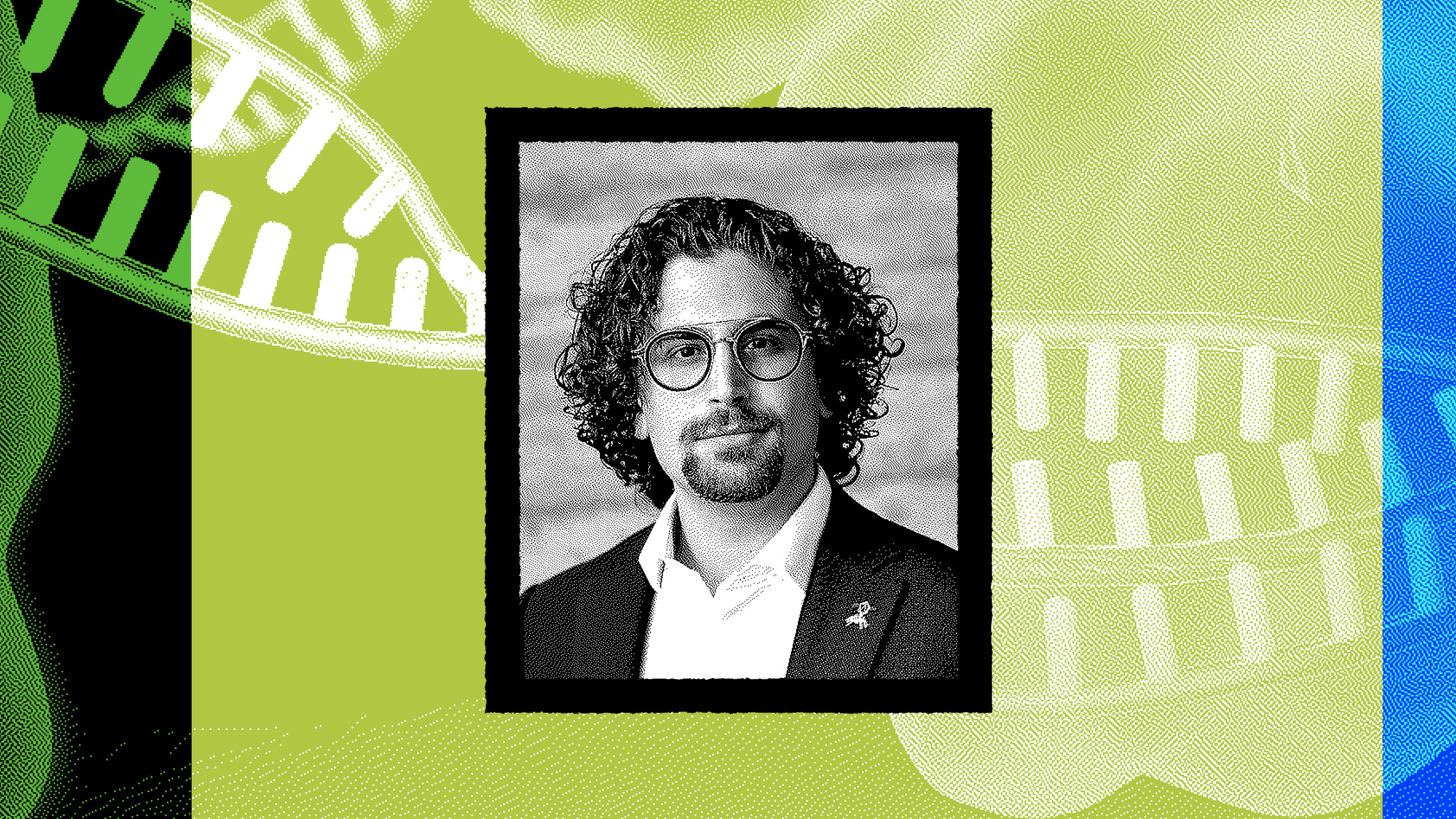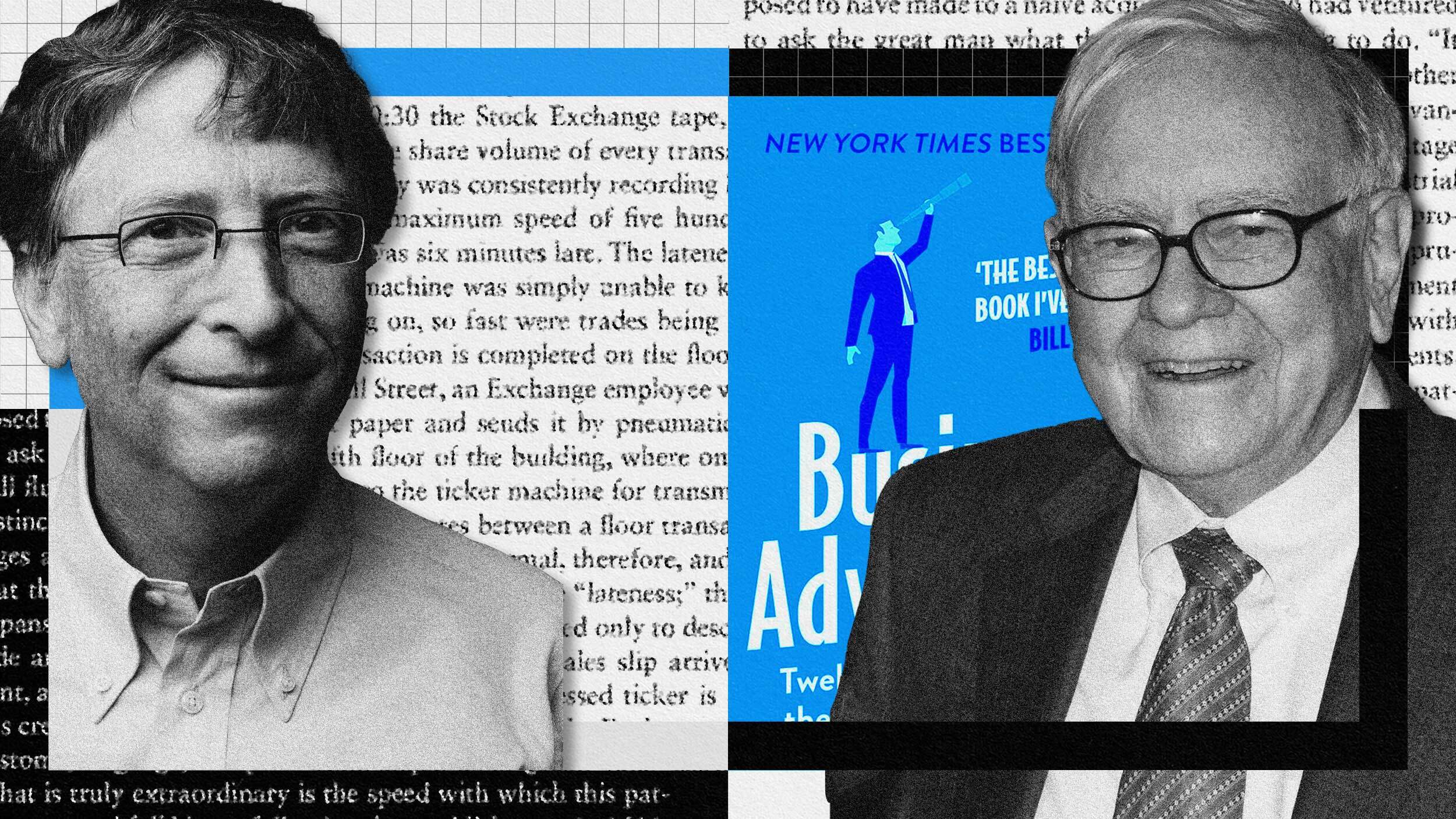“Misfits that fit” and other golden qualities of innovative leaders

- The “venture mindset” reveals a set of guiding principles for leading innovation.
- Charismatic founders are usually well equipped to build and lead.
- VCs often seek out mold-breakers who can scale with a first-class team.
You can’t manage innovation; you can only lead it. Traditional organizations have plenty of managers, but often they lack enough builders and creators who can start things from scratch and pivot as needed. Yet, larger organizations can offer innovators what no startup can provide. They can unlock access to extraordinary and immediate scale to implement ideas. Compare a large bank and a small fintech company. Or a large healthcare company with a biotech startup.
Armed with our knowledge of the “venture mindset,” we clearly see VCs looking for these three guiding principles in their teams.
1. Charisma and character matter
The eyes of Mike Maples, a famed investor behind a swarm of unicorns, lit up as he talked to us about the passion of founders: “They think of nothing else; they are totally crazily devoted to one end goal, they are desperate to solve the pain point of people.” To visualize Maples’s thesis, in the background of his Zoom there is a plaque that boldly states “practice reckless optimism,” given to him by a founder he backed. Twitter, Twitch, Clover Health, Okta, and Chegg are examples of Maples’s exceptionally successful bets. Bets on charismatic founders.
Alex Rampell of a16z swears by founders’ charisma. He starts his founder due diligence by eyeing whom the founder has brought to the meeting and who has joined the team. If the founder of a fledgling startup—without customers, money, or a developed product—has succeeded in causing amazing people to drop everything and follow him, Rampell quickly gets interested.
[Author] Ilya [Strebulaev] can recall a long list of his charismatic students. One is recent graduate, Rene Cassie. A maxillofacial surgeon from Montreal, Rene came to Stanford for a year of business studies and became immersed in the infectious entrepreneurial atmosphere. As Rene described his idea of building a platform that would offer personalized, dynamic health insights, everybody who listened to him got excited, feeling that “you want to work with this guy.” A top computer science undergrad dropped out to build Cassie’s platform, leading hospitals signed on to try it out (before it was built!), and every expert Rene talked to wanted to become his advisor. Rene’s contagious charisma is indescribable in words but palpably physical in his presence. As you evaluate founders, one key success ingredient to look for is whether they energize others and attract the best employees.
You can wear a Patagonia vest or a hoodie to look like a tech leader, but experienced VCs pay a lot more attention to smaller details.
You can wear a Patagonia vest or a hoodie to look like a tech leader, but experienced VCs pay a lot more attention to smaller details. Here is a trick used by Kate Mitchell, a co-founder of Scale Venture Partners, to assess a founder’s character and leadership skills. As founders visit VC partnerships to pitch their startups, they are in the selling mode. They are optimistic, friendly, confident, but always respectful to VCs. After the visit, Mitchell checks with the front desk to find out how the founder treated the receptionist while waiting in the lobby. Were they polite or arrogant, friendly or dismissive? As Mitchell told the Stanford class, “If I find out they were rude, I wouldn’t invest. A founder must get the best out of everyone around them. If they can’t treat a receptionist with respect, they will have trouble leading small teams to great entrepreneurial success.”
Character matters. You are unlikely to learn about the character of innovation leaders from their CVs. This is why hackathons, competitions, and meetups source not only ideas, but also people. Character and charisma are tough to imitate. Thus, when it comes to innovation, the upside-down approach makes sense. Rather than starting with the idea first and then searching for managers to lead it, identify leaders first and let them innovate, form a team, and create the future at your organization.
2. Find misfits that fit
Ilya’s student Tony Xu had no experience in logistics, optimization, or food delivery when he founded DoorDash. Brian Chesky and Joe Gebbia had college degrees in industrial design (and Chesky also had one in fine arts) when they co-founded Airbnb. They had no experience in the hotel or travel industry. The founders of Flatiron Health, a company dedicated to improving cancer care, came from Google and the technology sector. This didn’t prevent them from building a successful company that was eventually acquired by pharmaceutical giant Roche. These and many other founders lacked industry experience, yet VC investors enthusiastically backed them. With incremental innovation, deep, intimate knowledge of your industry is critical to success. With disruptive innovation, such knowledge may often be a hindrance.
Brian Chesky and Joe Gebbia had college degrees in industrial design (and Chesky also had one in fine arts) when they co-founded Airbnb. They had no experience in the hotel or travel industry.
VCs often seek those who stand out in other ways. Xu and his co-founders experimented with food delivery based on group work at the Stanford business school and impressed investors with their flexibility, attention to detail, and ability to create a fine-tuned minimum viable product. Investor Paul Graham agreed to invest in Airbnb after Gebbia pulled out a box of Obama O’s they were selling at the Democratic convention for $40 a box. Graham decided that if these two could convince people to buy cereals at $40 a box, they could also convince people to sleep in other people’s homes. Another Ilya’s student Mercedes Bent is now an investor at Lightspeed, a premier venture firm. She describes what she is looking for in founders in a memorable phrase: learning velocity. “Successful startups scale exponentially,” she explains. “Only these founders can keep up.”

What VCs are looking for are well-rounded square pegs. Their goal is not to search for rebels, even though sometimes they find one. Their goal is to find misfits who would fit. Mike Maples says it loud and clear: “startup founders are pattern breakers and the VC mindset is about breaking the mold rather than extending the franchise.” Maples is even writing a book on this very topic.
Contrast this to corporations, where lack of experience in a very specific industry or function often prevents people from getting in at all, let alone being invited to take a lead role in a new venture. Yet it takes both rain and sunshine to make a rainbow. Hiring new employees who don’t fit all the criteria, such as an executive from a completely different industry, could be a key to reinvigorating a mature company.
What does the oil and gas sector have in common with Lego bricks? With 85 percent of its revenues coming from coal, the Danish fossil fuel company Dong Energy was the epitome of a mature company in a mature, conservative industry. Facing strong headwinds as fossil fuel prices were falling and S&P was downgrading the company’s credit rating, in 2012 the board hired Henrik Poulsen as its new CEO. His resume had flashy highlights with roles like global innovation and marketing for Lego. What his resume did not have was a prior exposure to the fossil fuel industry. Under Poulsen’s leadership, Dong Energy, renamed Orsted, became the world’s largest producer of offshore wind energy, and by 2019 it was deriving 85 percent of its revenues from renewables. By the time Poulsen’s tenure ended in 2020, shareholders could cheer as well. Orsted’s market capitalization had more than doubled.
Poulsen’s example fits well with the research results of Abu Jalal and Alexandros Prezas, who studied the impact of outside CEO hiring on the long-term performance of over 500 firms. Five years after the CEO succession, firms that had hired CEOs from unrelated industries had higher stock returns, profitability and growth potential.
If the way candidates look, talk, and organize their work becomes an obstacle to an organization flourishing, it is time to rethink your corporate culture.
If your recruiters ignore candidates without relevant experience, then don’t be surprised by the lack of diversity among your candidates or the lack of innovation inside your walls. Tristan Botelho and Melody Chang of Yale sent more than 2,000 fictitious resumes in response to actual software engineering job postings. The resumes had identical facts on education, interests, and skills. The only difference was whether applicants had start-up founder experience. Interestingly, companies requested interviews with startup founders barely half as often as with non-founders because non-founders seemed to have a more standard background. If this is not an alarm signal to every corporation, then we don’t know what is.
If the way candidates look, talk, and organize their work becomes an obstacle to an organization flourishing, it is time to rethink your corporate culture. For new things to emerge, you must have new ways of working.
3. Bet on the team, not the individual
Venture building is a team sport. To succeed, the founding team must build a first-class employee base and then scale quickly from a one-man show to a larger organization. “If you want to go fast, go alone; if you want to go far, go together,” according to an African proverb.
Paul Madera, the co-founder of Meritech Capital Partners, carefully observes startup co-founders making their pitch, monitoring who is talking and how others react. For Madera, if one person dominates while others sit with sullen expressions, that’s an inauspicious sign. He frequently rejects deals when he finds founders’ interpersonal dynamics problematic.
Madera is far from alone. Y Combinator, a premier accelerator founders dream getting into, tends to accept only companies with multiple founders who can balance each other and combine complementary skills. Would Slack have been as successful without Stewart Butterfield’s co-founder, Cal Henderson? The Slack co-founders met each other in a very Silicon Valley way, with Henderson breaking into the e-mail server of Butterfield’s first gaming company. He was hired by the company shortly thereafter. Together, Henderson and Butterfield subsequently launched Flickr and then Slack. With full alignment in their vision and by pairing their complementary skills, they grew Slack from eight people to thousands of team members. Butterfield is a creative person in love with design; Henderson is an engineer who buries himself in code.
Too many traditional organizations hope that a single person from a large tech company can make the difference. A single person can’t. You need a team. By bringing multiple people with a new mindset in, you can kickstart innovation. Innovation is a team sport indeed.





